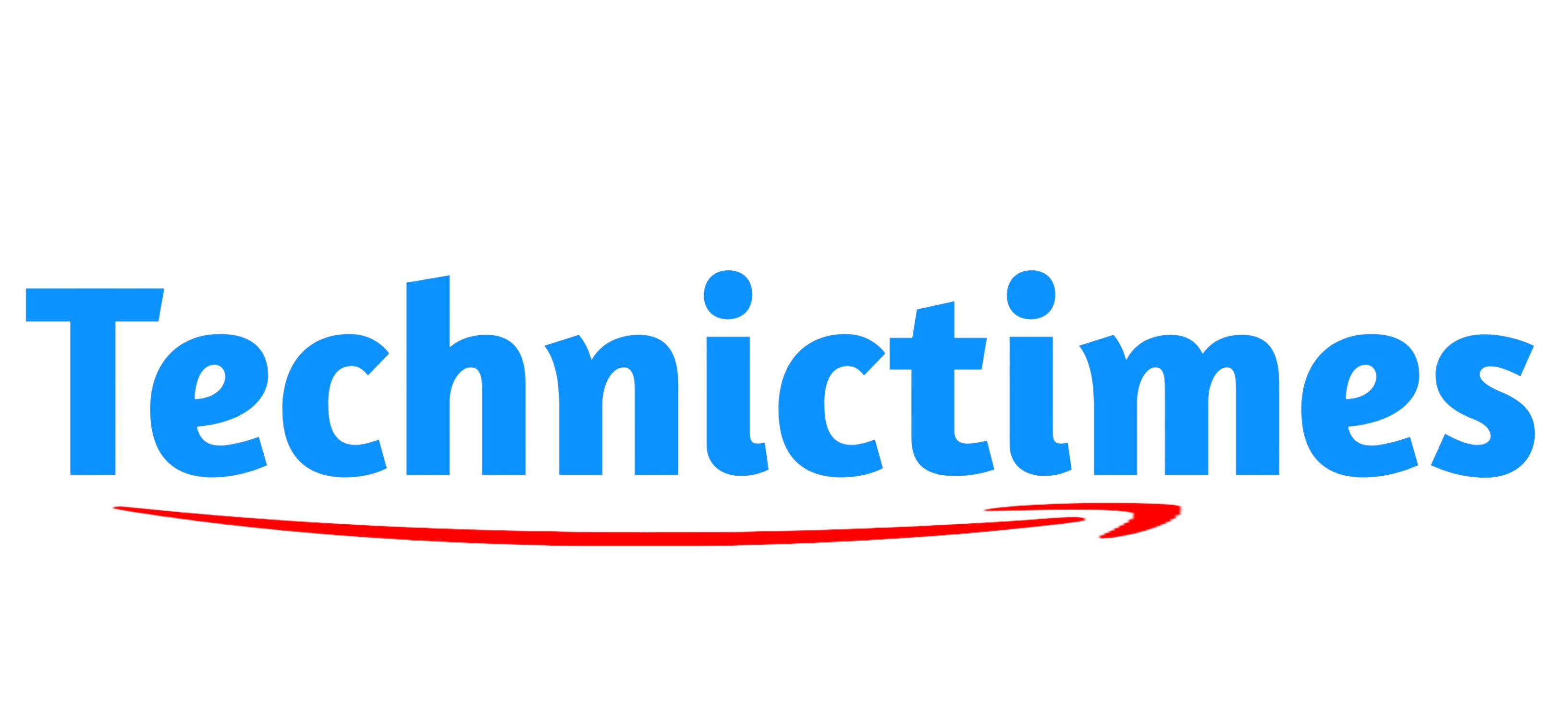What is CMI?
Before we dive into the tips for using a cmi assignment service, let’s first define what CMI is. CMI stands for Content Management Interoperability Services, which is a set of specifications that define how content management systems can communicate with each other. This allows for seamless integration between different systems, making it easier to manage content across multiple platforms.
Why use a CMI assignment service?
There are several reasons why you might choose to use a CMI assignment service. Firstly, it can save you time and effort. Rather than manually transferring content between systems, a CMI assignment service can automate the process, allowing you to focus on more important tasks.
Secondly, a CMI assignment service can help ensure that your content is consistent across all platforms. This is important for maintaining brand consistency and ensuring that your message is effectively communicated to your audience.
Finally, a CMI assignment service can help you avoid errors and inconsistencies that can occur when content is transferred manually. By automating the process, you can reduce the risk of errors and ensure that your content is always up-to-date and accurate.
Tips for using a CMI assignment service
- Choose the right service provider
Now that we’ve covered the basics of CMI and why you might want to use a CMI assignment service, let’s dive into some tips for using the service effectively.
Not all CMI assignment service providers are created equal. It’s important to do your research and choose a provider that has a strong track record of success and can provide you with the features and functionality you need. Look for providers that offer a comprehensive range of services, including content migration, synchronization, and versioning.
- Define your content strategy
Before you begin using a CMI assignment service, it’s important to have a clear understanding of your content strategy. This includes understanding your audience, defining your messaging, and determining how you want to distribute your content across different platforms. By having a clear strategy in place, you can ensure that your content is consistent and effective across all platforms.
- Develop a content governance plan
Effective content management requires a clear governance plan. This includes defining roles and responsibilities, establishing workflows, and setting policies and procedures for content creation and distribution. By developing a comprehensive governance plan, you can ensure that your content is managed effectively and efficiently.
- Ensure data security
When using a CMI assignment service, it’s important to ensure that your data is secure. Look for providers that offer robust security features, including encryption, multi-factor authentication, and regular backups. Additionally, make sure that your provider adheres to industry-standard security protocols, such as ISO 27001 and SOC 2.
- Monitor performance
Finally, it’s important to monitor the performance of your CMI assignment service regularly. This includes tracking metrics such as content delivery time, error rates, and user satisfaction. By monitoring performance, you can identify areas for improvement and ensure that your content management strategy is effective and efficient.
In conclusion
Using a CMI assignment service can be an effective way to manage your content across multiple platforms. By following these tips, you can ensure that you get the most out of your CMI assignment service and effectively manage your content across all platforms.

